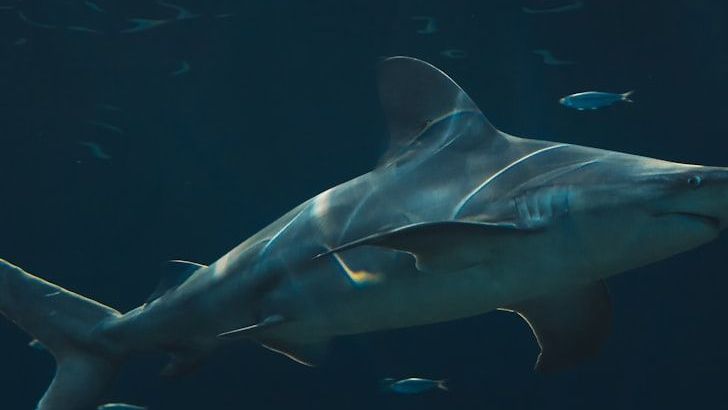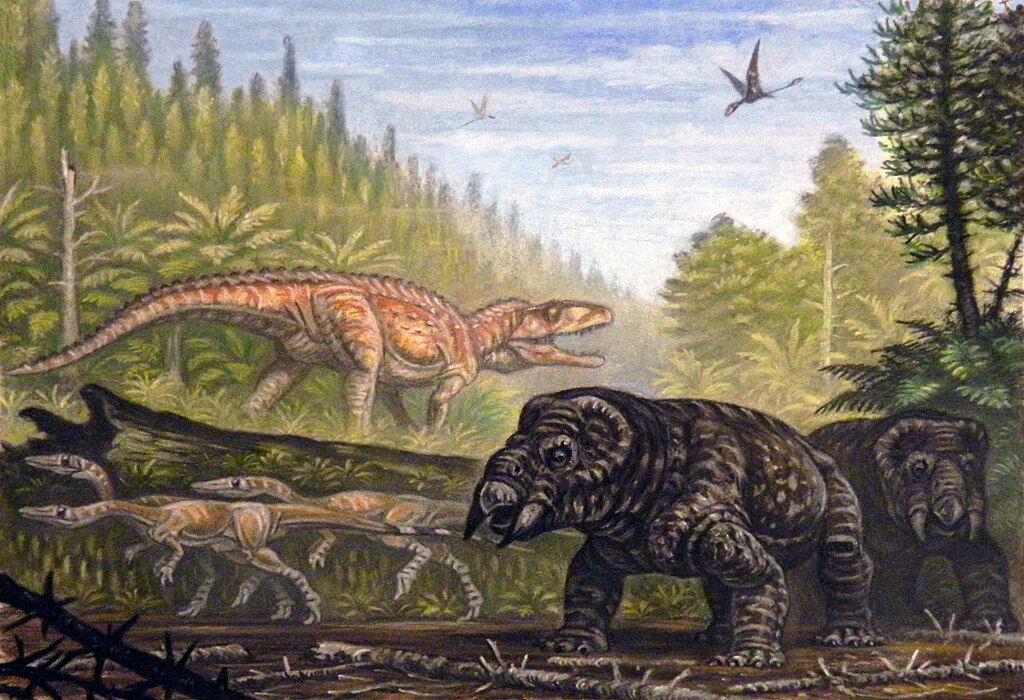Step into a world where time seems suspended and ancient history comes alive right before your eyes. These incredible creatures walked, flew, and swam alongside the mighty dinosaurs, witnessing the same Triassic sunrises and Jurassic storms that shaped our planet millions of years ago. Their stories reveal a fascinating truth that most people never realize – dinosaurs weren’t the only stars of the prehistoric world.
What makes these animals even more remarkable is that they didn’t just survive the age of dinosaurs. They thrived, evolved, and some continue to walk among us today, carrying secrets from an era when our planet looked completely different. Their existence challenges everything we thought we knew about prehistoric life and offers us a rare glimpse into Earth’s most mysterious chapter.
Pteranodon – The Majestic Sky Ruler
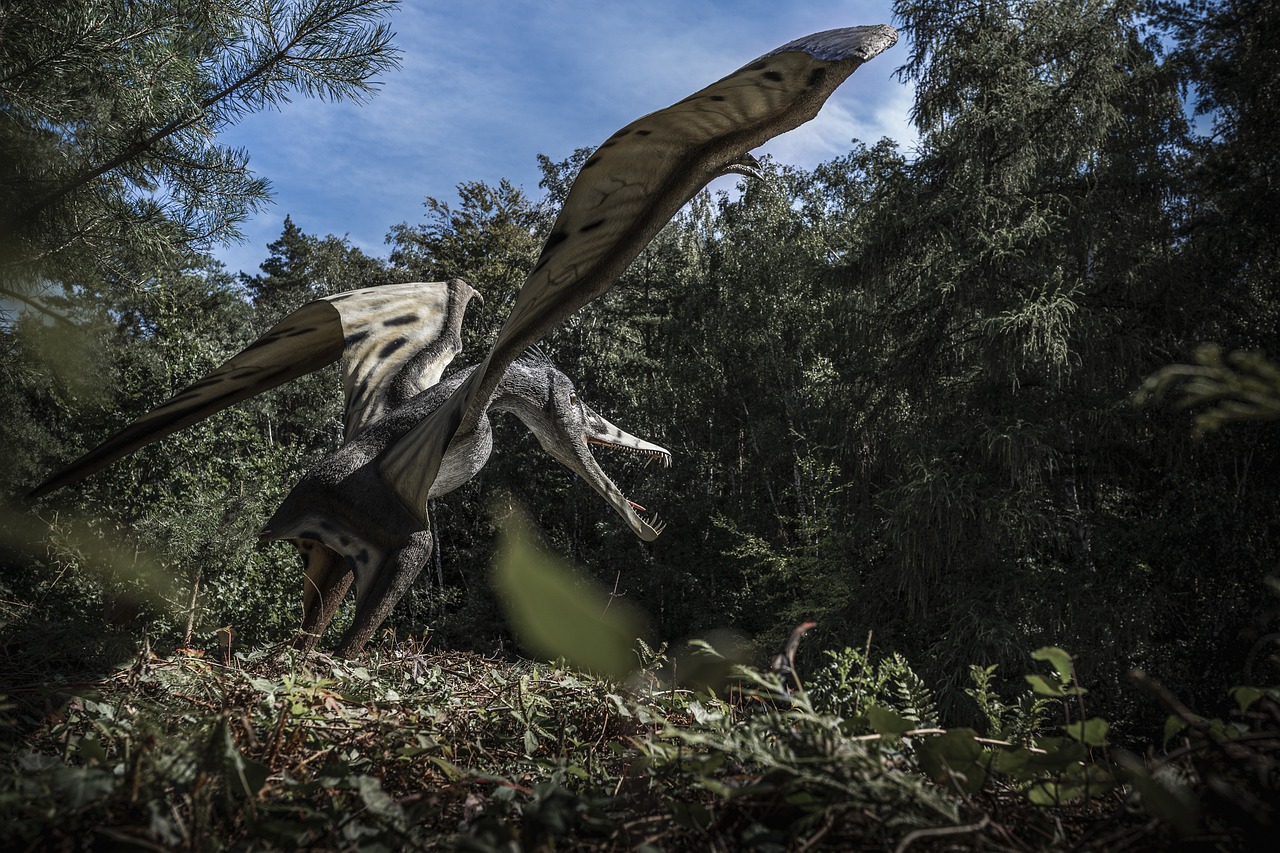
Soaring through Cretaceous skies with wingspans reaching over twenty feet, Pteranodon was among the largest flying animals ever discovered, with P. longiceps having a wingspan of over 6 meters (20 ft). These weren’t dinosaurs at all, but rather flying reptiles that dominated the air while their land-dwelling cousins ruled below. The design of Pteranodon’s jaws and fossilized fish bones found with specimens suggest it was primarily a fish eater, with some specimens containing fish remains in their stomachs.
What truly set Pteranodon apart was its distinctive bony crest, which varied dramatically between males and females. Male and female Pteranodon differed significantly in size and crest shape, with males having far larger crests than females. These impressive creatures likely spent most of their time soaring over ancient seas, using their keen eyesight to spot fish swimming near the surface before diving down to snatch their prey.
Ginkgo Trees – Living Witnesses to Dinosaur Days

The ginkgo (Ginkgo biloba) is a living fossil, with fossils similar to the modern plant dating back to the Permian, 270 million years ago, remaining essentially unchanged for more than 200 million years. Walking past a ginkgo tree today is like shaking hands with history itself – these remarkable plants witnessed the rise and fall of countless dinosaur species. Fossils attributable to the genus Ginkgo first appeared in the Middle Jurassic, extending back approximately 170 million years ago.
The fan-shaped leaves that flutter in modern city parks are virtually identical to those that rustled in prehistoric forests. Fossils from more than 200 million years ago show leaves very similar to modern ginkgo leaves, with some fossils from 65 million years ago showing seeds attached in identical ways to modern ginkgo. Remarkably, these ancient trees nearly vanished entirely, surviving only in remote Chinese monasteries before humans spread them around the world once again.
Crocodilians – The Ultimate Survivors
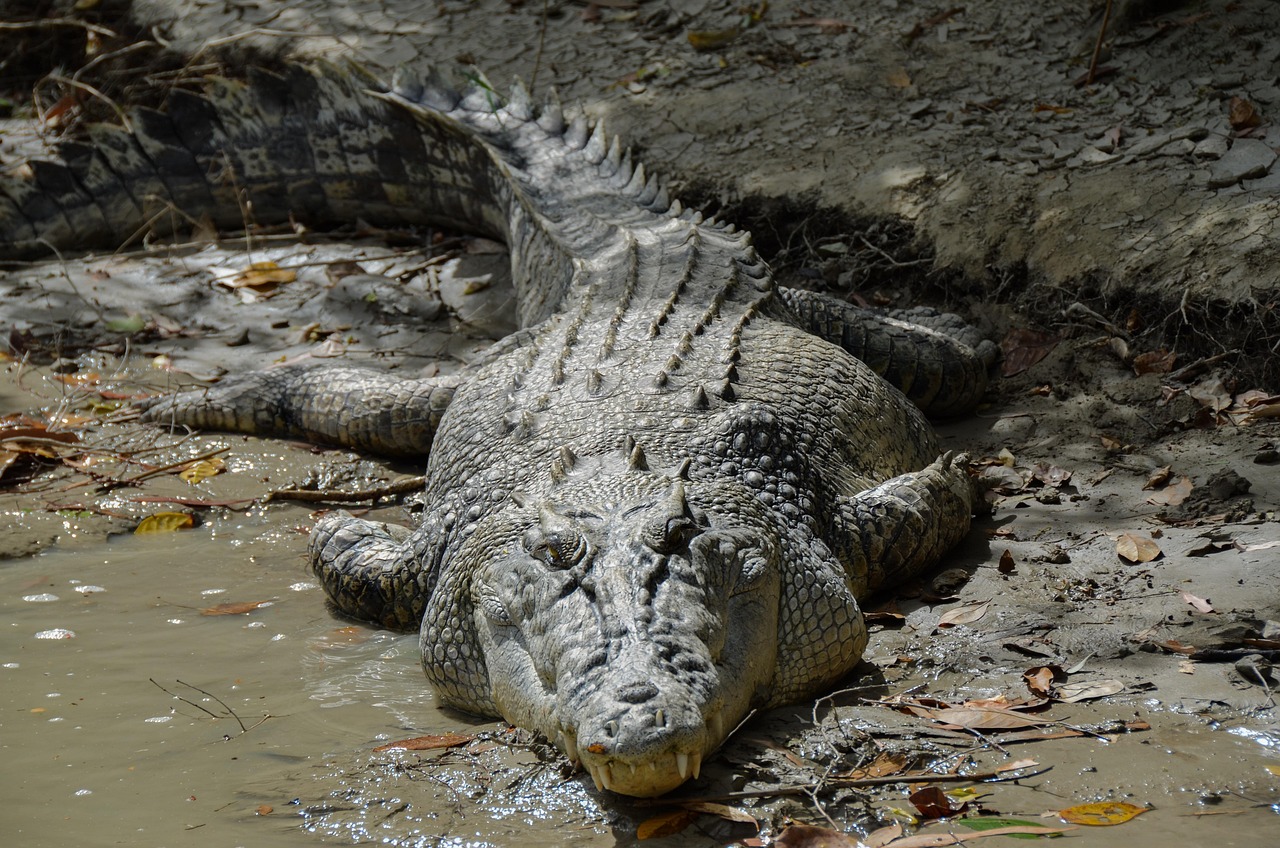
Lurking in rivers and swamps for an astounding quarter of a billion years, crocodilians have made a living on Earth for approximately 230 million years, existing through multiple geological periods. These scaly time travelers have witnessed more planetary changes than almost any other group of vertebrates. If any living life form resembles dinosaurs, it’s the crocodilian, with creatures similar to modern crocodiles abundant 99 million years ago.
Their prehistoric relatives were often much larger than today’s species, some growing to enormous sizes that would make modern crocodiles seem small by comparison. Mesozoic crocodilians were generally larger than living species, though many reptile species died during the K-T event while snakes, lizards and crocodilians persevered. Throughout all the mass extinctions that devastated other groups, crocodilians just kept swimming, adapting, and surviving with their perfectly efficient predatory design.
Sharks – Ancient Ocean Hunters
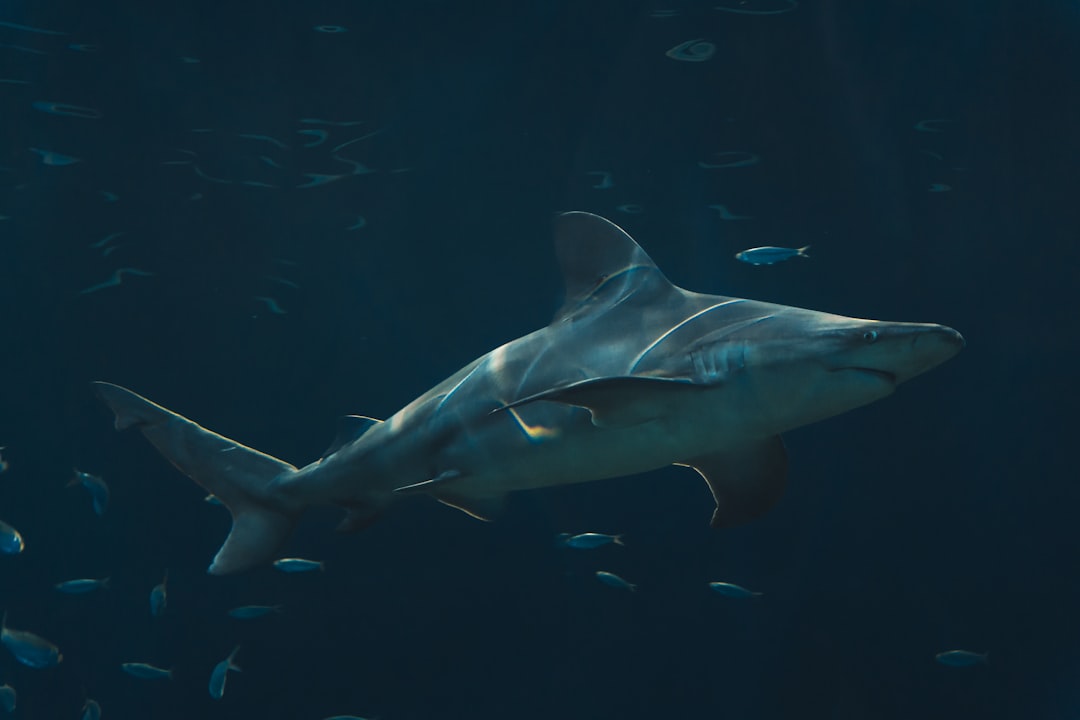
These oceanic predators have been in the oceans for over 400 million years – well before dinosaurs even arrived on the scene, and they’ve survived four of the five big extinction events. While massive land predators dominated the continents, sharks ruled the seas with the same ruthless efficiency they display today. During the Cretaceous period, they shared marine ecosystems with enormous marine reptiles and even served as prey for some of the largest dinosaur species.
During the Cretaceous period, sharks were likely prey to the immense Spinosaurus aegyptiacus, but they proliferated and thrived once the dinosaurs died out. Their cartilaginous skeletons and streamlined bodies represent one of nature’s most successful designs, proving that sometimes the oldest solutions are the best solutions. From tiny reef sharks to massive filter-feeders, these prehistoric survivors continue to patrol Earth’s oceans with unchanged determination.
Tuatara – The Living Dragon
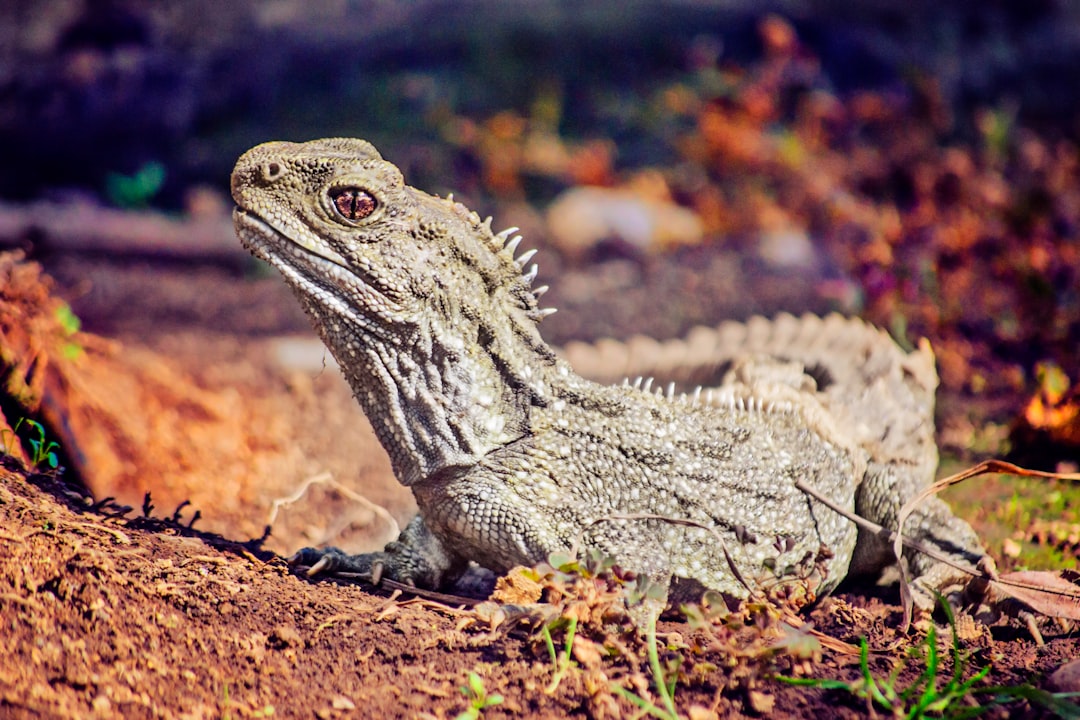
Sphenodontia was an order of reptiles that spent time among dinosaurs, with the tuatara being the last surviving species of its kind, found only in New Zealand, having separated from other reptiles 220 million years ago in the late Triassic period. This remarkable creature looks like a lizard but isn’t really related to modern lizards at all – it’s something far more ancient and unique. Its third eye, visible as a small gray spot on top of its head, adds to its mysterious, almost mythical appearance.
While dinosaurs evolved into countless forms and eventually into birds, the tuatara simply stayed the same, content with its ancient design. These “living fossils” grow incredibly slowly, sometimes living over a century, and can survive in temperatures that would kill most other reptiles. Their existence today represents an unbroken link to a world where massive reptiles dominated every corner of the planet.
Horseshoe Crabs – The Armored Ancients
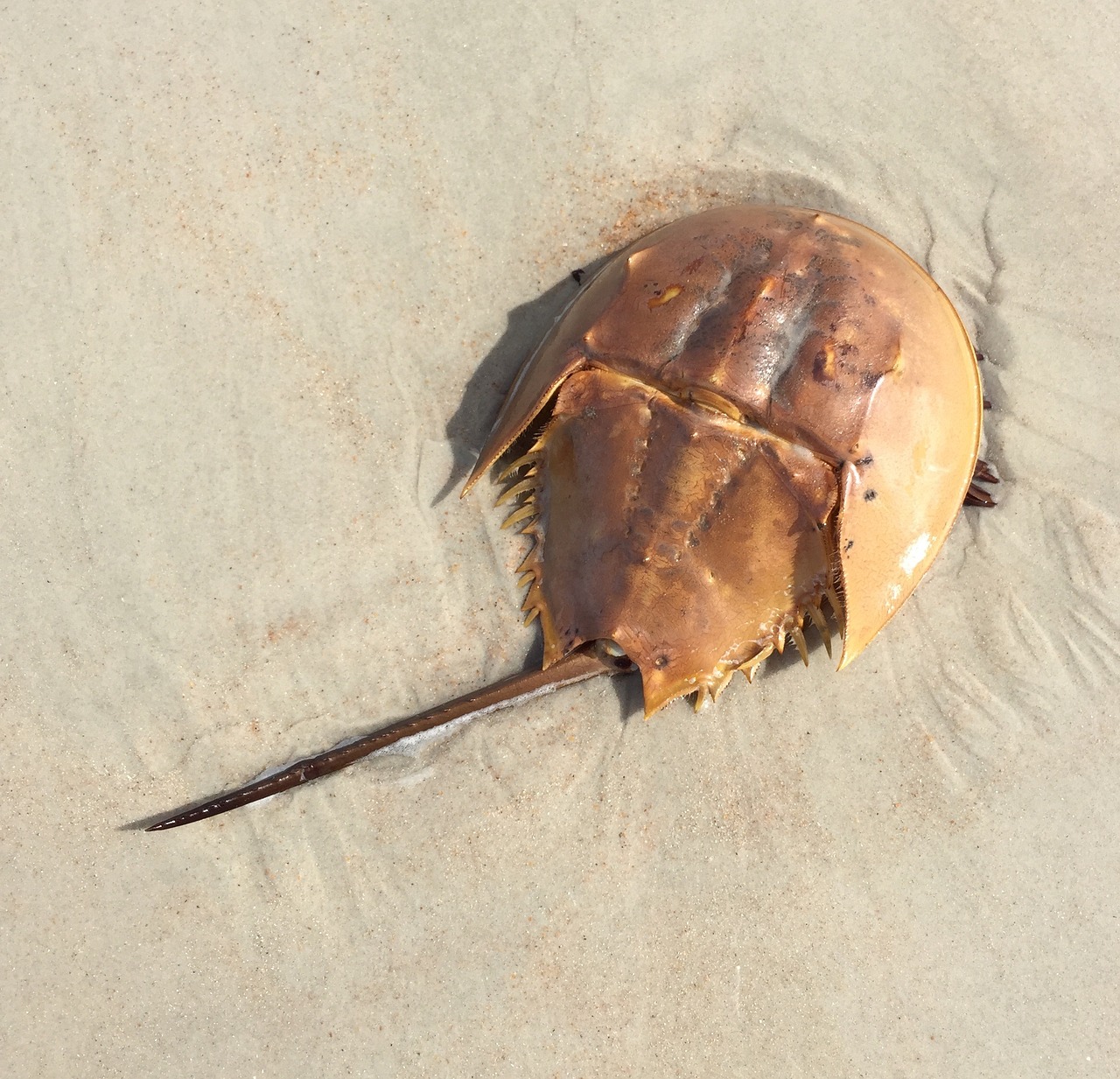
Horseshoe crabs are called ‘living fossils’ for good reason; these arthropods evolve much more slowly than other animals, so their current form is pretty much the same as it would’ve been millions of years ago, surviving at least four of the planet’s biggest extinction events. These incredible creatures have crawled along ocean floors since before fish had jaws, watching the world change around them while remaining remarkably unchanged themselves.
Their blue blood and unique immune system have made them invaluable to modern medicine, but their greatest achievement is simply enduring. While countless species have come and gone, horseshoe crabs continue their ancient ritual of coming ashore to spawn, just as they did when dinosaurs ruled the Earth. Their compound eyes have witnessed the rise of fish, the age of reptiles, and the emergence of mammals – making them living libraries of evolutionary history.
Cockroaches – The Indestructible Insects
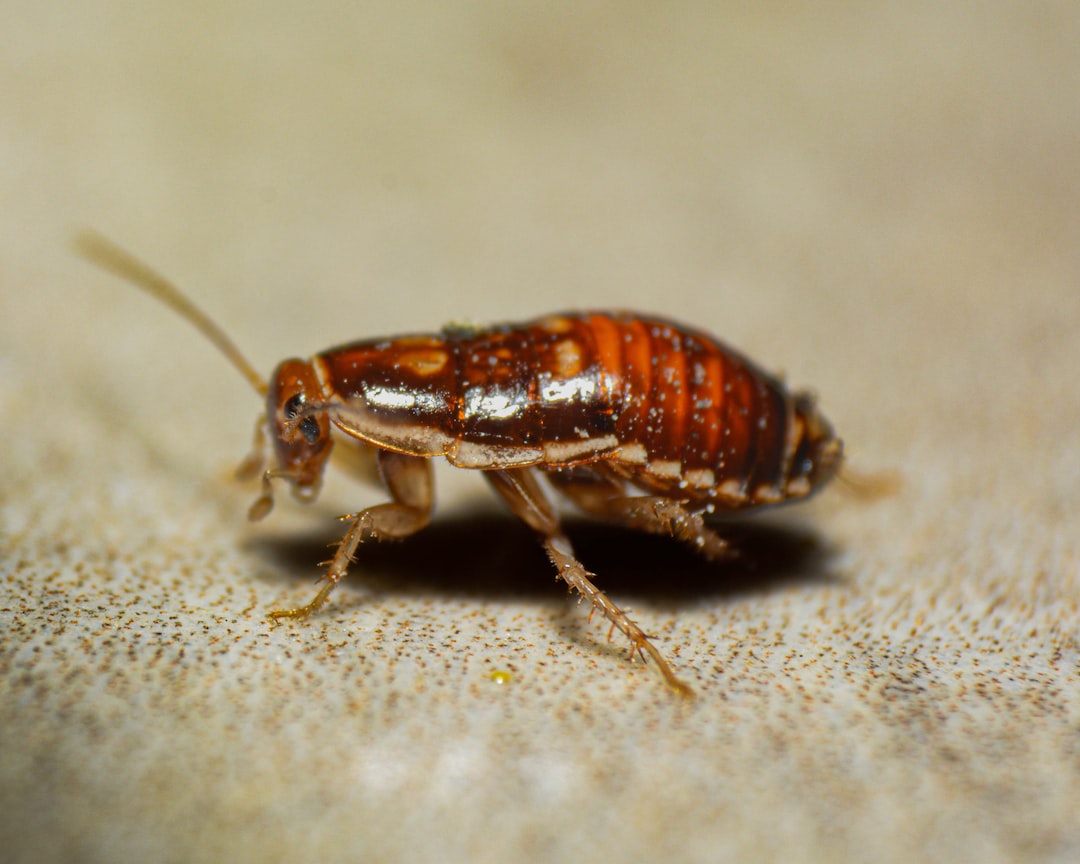
Cockroaches made it through the Great Dying period between the Permian and Triassic periods and were one of the most dominant species during the Carboniferous period about 360 million years ago, when they used to be about twice as big as their current form. These ultimate survivors witnessed the very beginning of dinosaur evolution and probably scuttled around the feet of the first primitive reptiles. Their prehistoric ancestors were massive compared to today’s species, some reaching lengths that would make modern cockroaches look like babies.
When the asteroid hit Earth sixty-six million years ago and ended the age of dinosaurs, cockroaches barely noticed. They just kept doing what they’d always done – eating anything, hiding anywhere, and reproducing with incredible efficiency. Their ability to survive in almost any environment, from tropical forests to urban apartments, proves that sometimes being small, adaptable, and unpretentious is the best survival strategy of all.
Platypus and Monotremes – The Egg-Laying Mammals
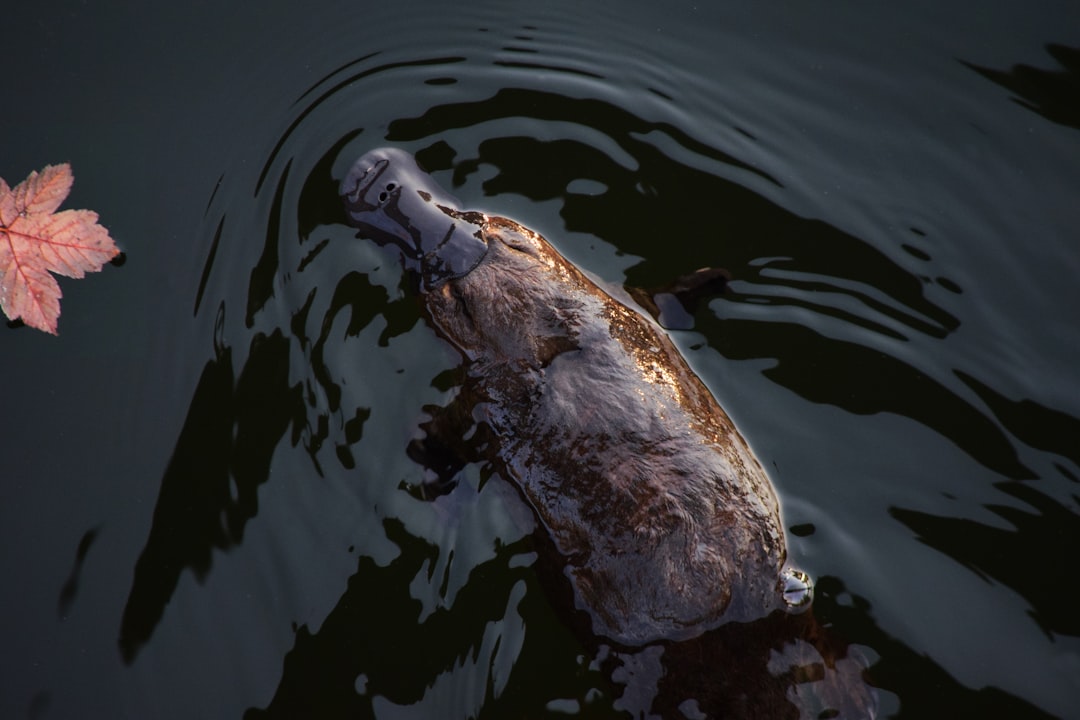
The duck-billed platypus is one of only two remaining species of monotreme (egg-laying mammals), a group that dates back 210 million years ago to the Triassic period, with scientists discovering in 2008 that platypuses lived during the Jurassic period. These bizarre creatures represent one of evolution’s most unusual experiments – mammals that lay eggs like reptiles but nurse their young like other mammals. The first mammals were monotremes, and while mammals are common today, only three monotreme species still exist: the duck-billed platypus and a couple of spiny anteaters, or echidnas.
When European scientists first encountered preserved platypus specimens, they thought someone was playing an elaborate joke, sewing together parts from different animals. The truth was even stranger – here was a mammal that had retained ancient characteristics while developing others that wouldn’t appear in mammals for millions of years. Their existence today offers us a window into what early mammalian life might have looked like during the age of dinosaurs, when our ancestors were small, cautious creatures living in the shadows of giants.
These eight remarkable survivors remind us that life finds countless ways to endure and thrive. While dinosaurs captured our imagination with their size and power, these creatures achieved something equally impressive – they mastered the art of survival itself. From the skies to the ocean depths, from ancient forests to modern cities, they carry with them the secrets of deep time and the resilience that has allowed life to flourish through every catastrophe our planet has faced. What do you think about these incredible time travelers? Tell us in the comments.

